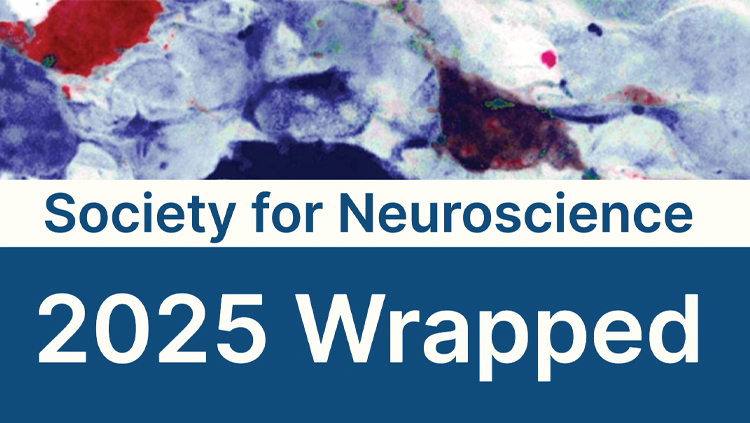
A 62-year-old woman named Mary was found to have poisoned her husband who was terminally ill with cancer. The defendant displays a PET scan of her brain showing hyper-metabolic lesions in the temporal and frontal lobes of the brain. This could mean she suffers from frontotemporal dementia (FTD), a disorder that includes the following symptoms: socially inappropriate behavior, lack of sympathy/empathy, apathy, stereotypical/repetitive movement, and executive dysfunction. Imagine you are on a jury for Mary’s trial. Are the neuroimages enough evidence to show that Mary should be less responsible for her crime?
This is just one of four cases that Dr. Ryan Darby showcased during the Neuroethics Network Conference on June 21st held at the ICM, Brain and Science Institute in Paris, France. He, along with Dr. Reinhard Merkel in a separate presentation, discussed the relationship between neuroimaging and the law and examined the topic’s ethical and legal challenges. Should neuroimaging be sufficient evidence to establish a diagnosis for a defendant claiming to have impaired decision-making that lead to criminal behavior? The answer to this question is far from definitive, so I decided to investigate the topic further.
In a conversation I had with Dr. Darby, I asked him what his thoughts were regarding the use of neuroimaging in trials for cases like Mary’s. He explained how neuroimaging should be used as supplemental information for those individuals showing middle-to-late symptomatic states, but not in pre-symptomatic states since in the latter case, the imaging is likely to be misinterpreted or abused. So, if Mary was only showing pre-symptomatic states of FTD, neuroimaging should not be used as evidence to establish a diagnosis of FTD in order to claim impaired decision-making. On the other hand, if Mary was showing middle-to-late symptomatic states, then yes, neuroimaging should be used as a supplement to the symptomatic state to diagnose the patient with FTD. I then started questioning what exactly determines a pre-symptomatic state versus a middle-late symptomatic state for FTD.
Studies have shown that pre-symptomatic changes for FTD include initial plasma biomarkers and abnormalities in MRI imaging of functional and structural connectivity in the brain, along with grey matter atrophy. However, specific studies regarding middle-to-late symptomatic changes for FTD are difficult to conduct since many studies show there is no typical pattern in terms of brain atrophy or functional and structural connectivity because each person’s progression of FTD is varied. If it is hard to draw a distinct line between what conditions are considered pre-symptomatic and what conditions are considered middle-to-late symptomatic for FTD, that leaves us right where we left off: determining cases in which neuroimaging can be used to diagnose someone for FTD in order to claim impaired decision making. Discussing the ethics of using neuroimaging in court should be second to distinguishing the different states of FTD.
Dr. Merkel explained another caveat to using neuroimaging in court: laypeople, i.e. judges and the jury, might confuse neuroimages “with something like direct snapshots of the brain.” Say in Mary’s case, neuroimages are allowed to be used as evidence to diagnose Mary with FTD. This could result in too much trust in the “science” behind the neuroimages. Studies show there is “neuroseduction” at play regarding using neuroimages in court; people are overly willing to accept explanations that allude to neuroscience. Either defendants or prosecutors could take advantage of this limitation, which could have major effects on the lives of those involved in a trial. Therefore, further tests on the accuracy rates and real-world applications from brain images must be carried out before any conclusive decision regarding the use of neuroimaging in courts can be made. It is important to continuously discuss and collaborate with various stakeholders to “impartially assess and guide the development of forensic [neuroimaging] technology” to avoid any unnecessary harms and ethical violations.
So in Mary’s case, neuroimaging for assistance in the diagnosis of FTD for arguing impaired decision making in a court setting should not be used. The uncertainty of even making an FTD diagnosis outside the courtroom is difficult since there is such individual variability in the progression of FTD. Even when considering a case where it would be used, neuroimages are subject to misinterpretation by a lay audience, which could cause even more confusion. Because misuse of neuroimages in court can lead to severe consequences, the use of neuroimaging should be limited until these caveats can be properly handled and the use of neuroimaging in court is a topic that warrants ongoing discussion.
This post is reprinted with permission and originally appeared on The Neuroethics Blog, hosted by the Center for Ethics, Neuroethics Program at Emory University.








